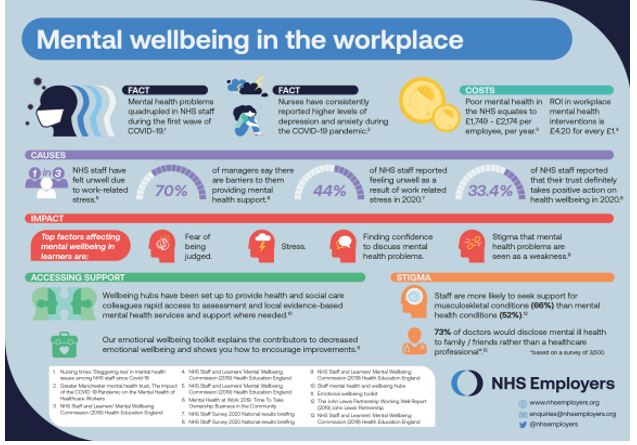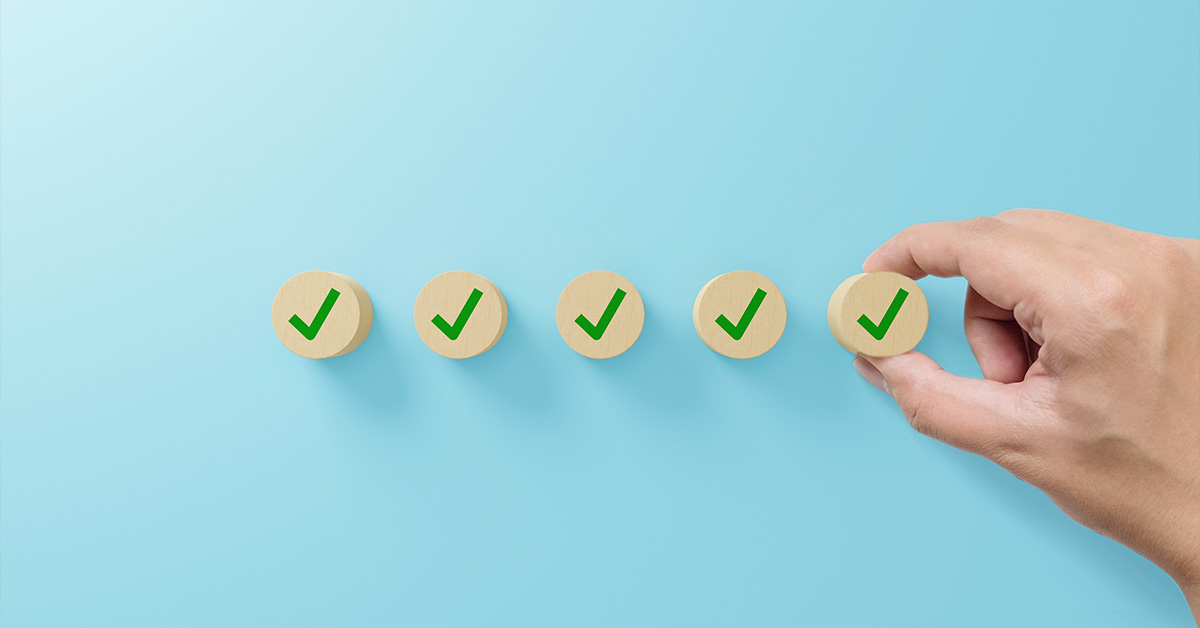Today’s consumers have greater knowledge and power than ever before, meaning it is essential to adopt a customer-focused approach. Understanding the buyer journey stages enables you to refine your marketing strategies to attract the ideal target audience for your product or service and convert them into sales.
This blog will provide you with a comprehensive understanding of the buyer journey, and how to effectively use marketing content at each stage.
- What are the stages of the buyer journey?
- What is the Marketing funnel?
- Stages of the Marketing funnel.
- Marketing funnel content.
- Awareness stage content marketing with examples.
- Consideration stage content marketing with examples.
- Decision stage content marketing with examples.
- Summary.
What are the stages of the buyer journey?
The buyer journey describes every potential customer’s process when deciding on a product or service. There are typically 3 stages involved: the awareness stage, the consideration stage, and the decision stage.
At each stage of the journey, the customer is searching for different information depending on how close they are to making a purchase. Therefore, it is the marketer’s role to create various types of content providing the customer with the information they need at the stage when they need it.
Here is a general breakdown of the buyer journey stages:

1. Awareness Stage: This is when the consumer encounters a problem and seeks information to understand it.
2. Consideration Stage: The consumer defines their problem and considers the available solutions.
3. Decision Stage: The consumer assesses their options, identifies the best solution, and decides to purchase from the provider offering that most suitable solution.
Example of the buyer journey:

As a marketer, understanding the buyer journey will help you realise how visitors and leads are purchasing your products or services. It is imperative to use buyer personas to effectively tailor your buyer journey to your customers. By creating a tailored buyer journey for your business, you can produce content that resonates with your customers and develop a marketing funnel to engage with them at pinnacle points of their journey.
What is the Marketing funnel?
The marketing funnel, also known as a ‘purchase funnel’, demonstrates a customer’s journey, from when a consumer first becomes aware of a business leading up to when they convert to purchase. This is ultimately the sales process, highlighting the various stages of engagement between the customer and a business, creating a map of routes to achieve sale conversions.
Marketing funnels are effective because they align, step by step, with the buyer’s journey. The buyer journey outlines each stage a consumer takes to become a paying customer, whilst businesses use the marketing funnel to communicate appropriately with their leads at different stages of the buying cycle.
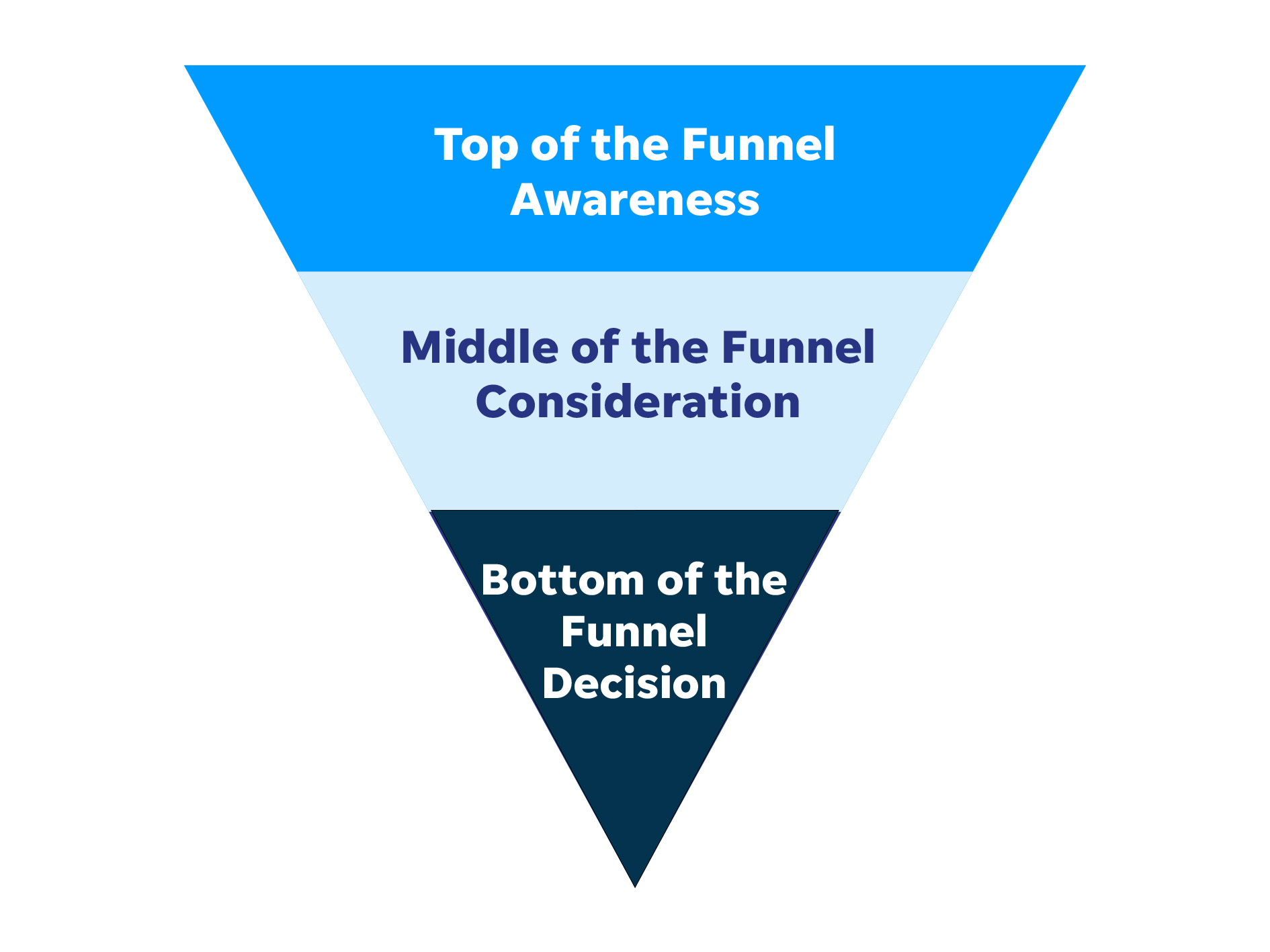
The funnel is a straightforward concept, the broader section at the top (Top of the Funnel) attracts many people, the narrower section in the middle (Middle of the Funnel) is used to engage prospects, and the narrowest section at the bottom (Bottom of the Funnel) is populated by serious buyers. Those at the top of the funnel are further away from making a purchase decision, whereas consumers at bottom of the funnel are closer to the decision stage.
To put it simply, gaining business from your prospects comes down to three things:
• Attracting strangers at the top of the funnel.
• Engaging with prospects at the middle of the funnel.
• Delighting customers at the bottom of the funnel.
Stages of the Marketing funnel
• Top of the Funnel: The “awareness” stage, where consumers search for information, answers, resources, opinions, and insight. This is the part of the funnel with the largest reach, where businesses aim to attract their target audiences.
Marketing channels that work best for generating traffic:
– Display marketing.
– Search engine marketing (SEM).
– Google and social media advertising.
– Content marketing.
– Cold emails.
– Website home page and blog.
• Middle of the Funnel: The “consideration” or “evaluation” stage, where consumers conduct research to determine if your product or service is a suitable solution for their needs. Although the consumer is still researching possible solutions, they have an interest in your product or service. This is where businesses should engage with prospects in an attempt to transition them further down the funnel.
Marketing channels that work best for generating leads:
– Video marketing.
– Social media marketing.
– Electronic word of mouth (eWOM) is online opinions and reviews about products, services, and organisations.
– Nurturing email marketing.
– Website featured page.
• Bottom of the Funnel: The “decision” or “purchase” stage is when consumers have weighed up the available options and chosen the most appropriate for them. This is the final stage of the marketing funnel where marketers should focus on creating a frictionless experience to ensure the buying process is as straightforward and enjoyable as possible for the customer.
Marketing channels that work best for generating leads:
– Email marketing.
– Paid search advertising.
– Push notifications.
– Live chats.
– Loyalty programs.
– Company website.
Many businesses concentrate their marketing efforts on the bottom of the funnel, hoping to reach customers when they are ready to buy. However, this isn’t the best strategy because focusing solely on making a sale alienates the potential customers higher up in the funnel. Concentrating on each stage of the funnel not only enables you to reach a larger audience but also provides several possibilities to build a relationship with consumers, subsequently earning their trust and generating loyalty.
Marketing funnel content
Content is at the core of successful inbound marketing. It provides customers with valuable information so they can make informed purchase decisions whilst giving businesses a way to communicate the solutions they offer to their audience.
Due to the volume of content now outnumbering people and their availability to consume it, marketers are reaching fewer audience members. Emphasising the importance of creating easily consumable, relevant content throughout the buyer journey. However, it can be challenging to create the right content, for the right people, at the right time.
The types of content you focus on will depend on your unique business. So, let’s have a look at how you can develop your content strategy based on your buyer’s journey to help you get started converting prospects and leads into customers.
Awareness stage content marketing with examples
At this stage, the consumer has realised they have a problem or a need. To better understand their problem or need, they will begin gathering more detailed information.
What your awareness stage content needs to do:
• Inform your audience, helping them to answer their questions and solve their problems.
• Be clear, simple, and easy to understand, whilst providing enough information to resolve initial concerns.
• Emphasise your value and the benefits of doing business with you.
TOP TIP: Avoid using overly salesy language or excessive branding.
Awareness content types:
Blog posts, social media posts, how-to videos, infographics, lead magnets.
1. Blog posts
Blog posts are the most common form of awareness stage content, they are ideal for providing relevant information without being overly salesy or forceful. This type of content is great because it is found through a simple Google search and can be easily disseminated across a variety of channels.
For instance, if you post a blog addressing a pain point, problem, or topic that your target audience is interested in, and you post it to your website or social media platforms, you are creating a brand asset that search engines can crawl, and users can easily discover.
Dell is an example of a company that creates long-form blogs that serve its audience:
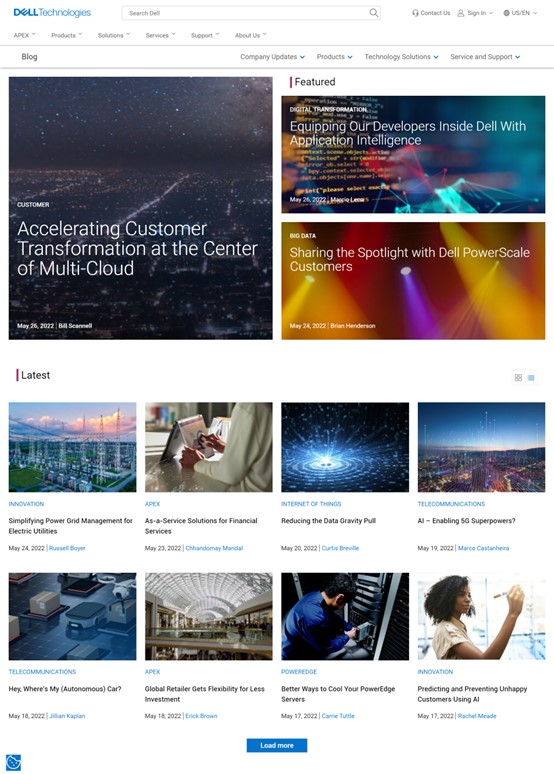
Interested in starting your own blog? Use this guide on how to write SEO friendly blogs.
2. Social media posts
Over half of the world’s population now uses social media, making it a primary channel to promote your content to your audience. Social media is regarded as a key factor to distribute a website’s content, capturing the audience’s attention, and directing traffic to the website itself.
Social media is great because it allows you to share existing content such as blogs, videos, images, etc., as well as create content specifically for each individual social media platform. Unlike your company website, social media is informal allowing you to express your brand’s personality and develop an online community of like-minded people who engage with the content you post.
3. Informative How-To Video
Video consumption is on the rise making video a key type of content to target individuals in the awareness stage of the buyer journey. There are various ways you can use video, but informative videos are best during this stage. This type of content enables you to answer questions and share actionable advice with your visitors.
Example of Adobe’s how-to video:
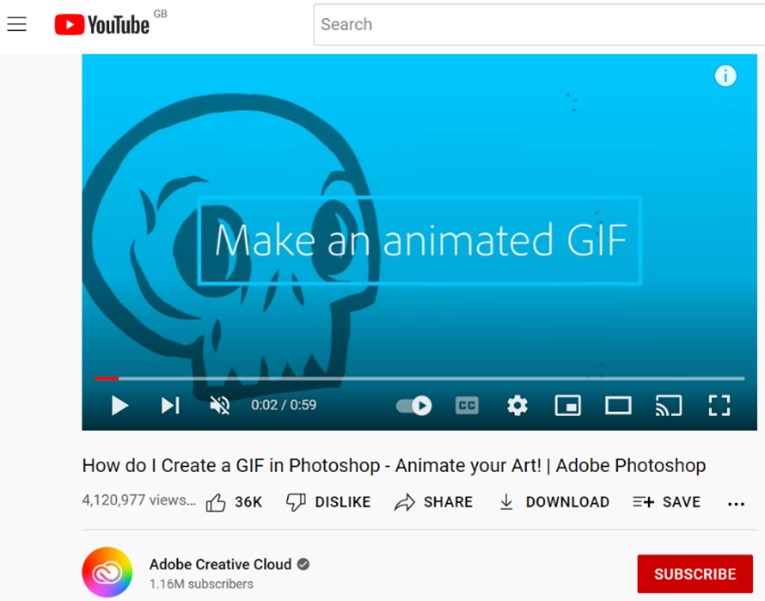
Adobe’s how-to video is a perfect example of what a software demonstration video should look like because it focuses only on the relevant information. The video emphasises the features and tools viewers need to accomplish a particular task rather than showing them the entire Photoshop interface.
TOP TIP: When making a how-to video, think about how it will be perceived by a first-time user. The aim is to minimize confusion, so break down the necessary information into steps that can be easily followed.
4. Infographics
Infographics are graphic visual representations of information, data, or knowledge intended to present information quickly and clearly. This is another form of content that can be shared across a variety of channels, making them effective during the awareness stage.
In an age of shorter attention spans, infographics are a fun way to engage your audience and make it easy for them to absorb information. A good infographic contains important messages, facts, figures, and ideas.
Examples of Infographics:
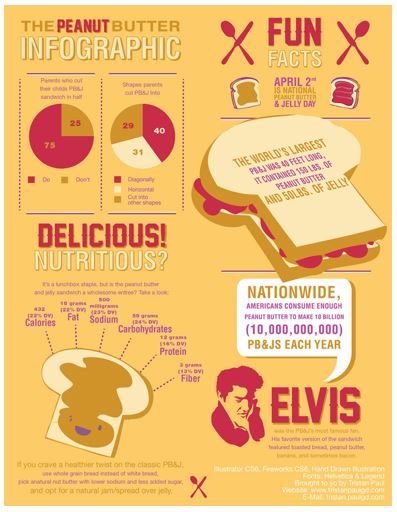
As you can see from the examples above, infographics are extremely adaptable content pieces that can be used in an assortment of ways depending on the message you want to convey to your audience. For instance, you could create an infographic from a blog post, report, or video and vice versa.
5. Lead Magnets
Lead magnets are pieces of content that require your site visitors to exchange their personal information, such as their email address, for access. They’re most commonly digital, downloadable content such as checklists, ebooks, reports, whitepapers, and webinars.
Examples of lead magnets:
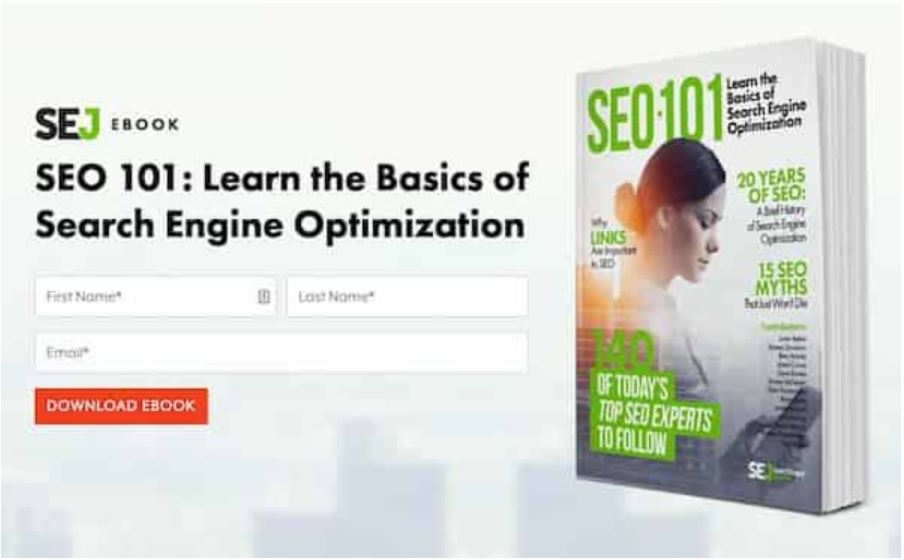
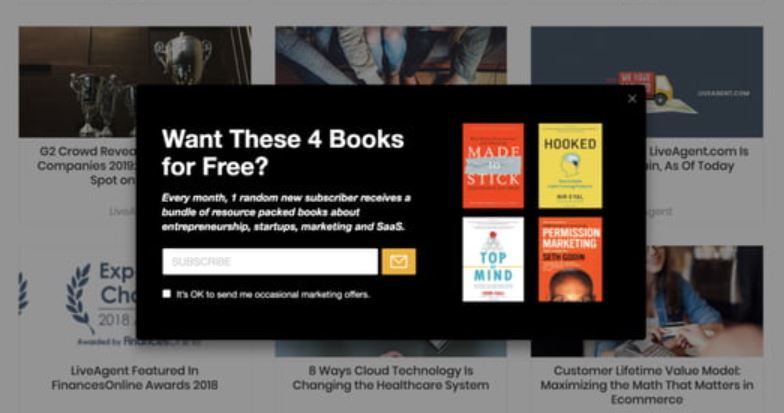
This type of content is useful in the awareness stage of the buyer journey because it attracts suitable leads, and you can collect their contact information so that they can be retargeted with similar content in the future.
Consideration stage marketing content with examples
Prospective customers or leads who are in the consideration stage know more about their problems and are starting to evaluate possible solutions. Despite being closer to buying, they still need some guidance about what the best option for them is.
Ideally, by this stage you’ve converted your prospect into a lead and have gathered some form of contact information that you can use to begin nurturing them further down the funnel toward the purchase decision. Now, it is time to demonstrate how you can help resolve their pain points in a way that will boost their confidence in your product’s quality and efficiency. During the consideration stage, you should offer thought-provoking, in-depth content that highlights the different approaches that might work for them, whilst collecting further information about your leads.
What your consideration stage content needs to do:
• Highlight what buyers like about yours and your competitors’ products.
• Address a range of buyers from those who are simply interested to those who are near to making a final decision.
• Establish your brand as trustworthy, reliable and credible.
• Incorporate search engine optimisation to improve ranking on search engines.
Consideration content types:
Email nurturing, newsletters, webinars, reports, white papers, comparative content.
1. Email Nurturing and Newsletters
Once you have captured a prospect’s attention in the awareness phase, you can continue the conversation through email nurturing. An email nurture campaign involves a series of emails that are sent based on a lead’s behaviour, which deliver timely, targeted information to guide them through the buying process.
A newsletter is a regularly scheduled email sent by a person or business containing news, updates, and curated content generally centred around one main topic of interest to its recipients. The purpose of a newsletter is to promote a product or service and create a touchpoint to engage with your email subscribers.
Both email nurture campaigns and newsletters help you gauge the varying levels of your leads’ interest and how you can progress them further down the funnel by delivering relevant content directly to your subscriber’s inbox.
2. Webinars
A webinar or web seminar is a video presentation, workshop, or lecture hosted online. Webinars have been shown to be the single most engaging type of content, capturing viewer attention for an average of almost an hour. Hosting webinars is an effective way to provide in-depth information to consumers in the consideration stage who prefer visual and auditory content.
The aim of the consideration stage is to engage with your prospects at the middle of the funnel. Prospects that attend webinars are much more likely to convert to being a customer than recipients who merely open emails, as they are engaging more with you as a business. Webinars are perfect at this stage as you can open a two-way dialogue with your audience and answer any questions they have around a specific topic, which in turn will increase their trust and loyalty towards you as a business.
Example of SEMrush webinar content:
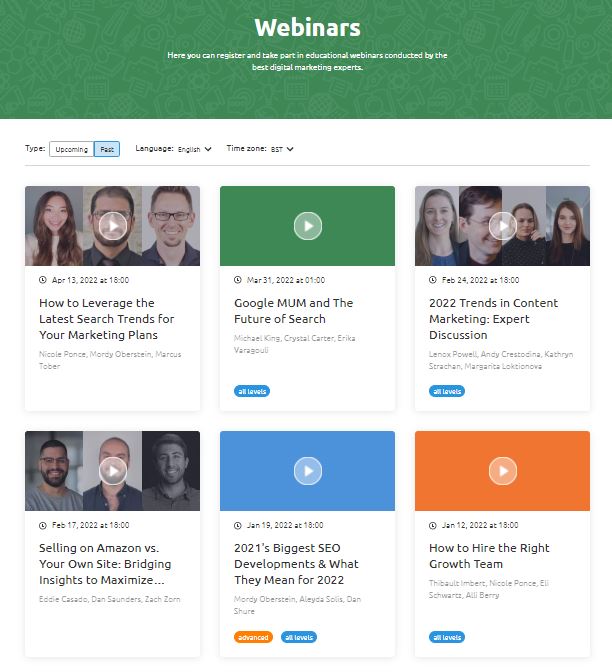
SEMrush are a great example of a company who make webinars an integral part of their content marketing strategy. They regularly publish pre-recorded webinars which offer valuable topic information to their audience.
3. Reports and White Papers
Publishing industry specific reports establishes you as an industry leader, cementing trust in you as an organisation. In-depth analysis of proprietary research and data can be supplemented with charts and graphs to narrate a powerful message. These reports can then be further broken down into bit-size content such as infographics, social media posts and disseminated across a variety of channels.
Whitepapers are a kind of report or guide that informs readers concisely about a complex topic. This type of content indicates in-depth knowledge by providing a granular look at a normally complicated topic. The aim is to support readers understanding an issue, solve a problem or make a decision.
Example of Porsche white paper on sustainability:

4. Comparative content
During the consideration stage the buyer is still considering potential solutions to their problem. Therefore, comparative content such as product comparisons guides can be a great resource to help them make a decision.
Here is an example of a product comparison from Verywell Fit, to help their audience decide between high intensity training and steady-state training, by providing the pros and cons for each.
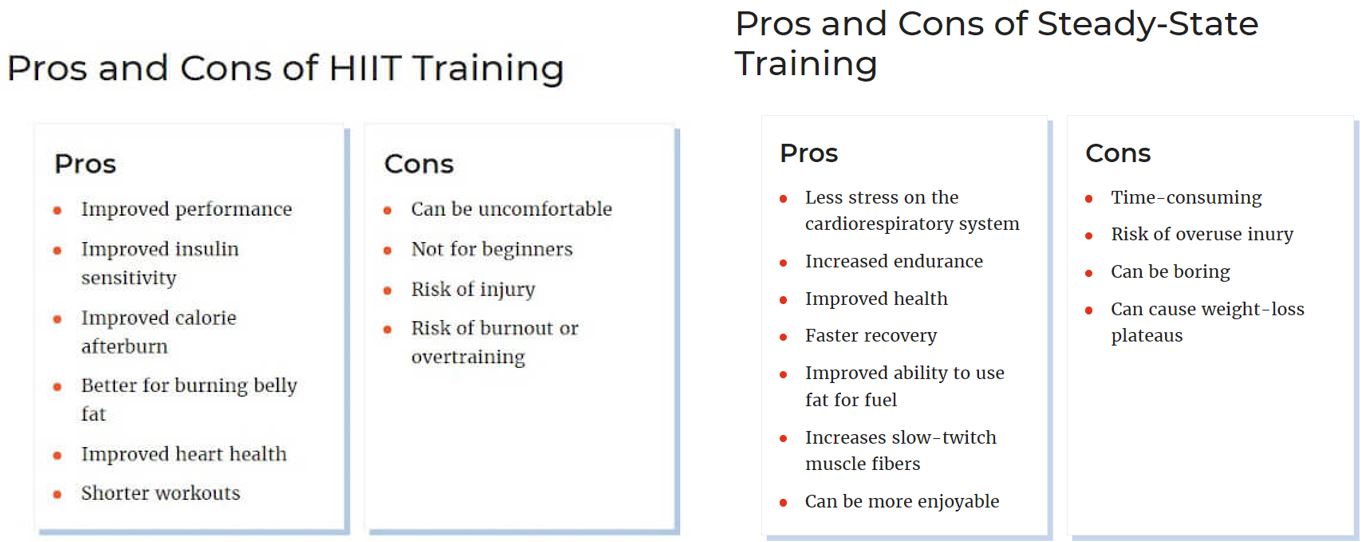
Decision stage marketing content with examples
In the consideration stage, the buyer has already researched their problem and determined how they want to address it. Now, they’re looking for a company that can seamlessly deliver what they want. During the decision stage, you want to distinguish yourself from the competition and show you are a strong candidate for the final selection.
Buyers today want to be informed before they commit, this is where you can use your content to your advantage and convince buyers that your company is the best fit.
What your decision stage content needs to do:
• Address any possible reservations your buyers could have.
• Promote your businesses unique selling point.
• Prove that your product or service does exactly what it promises.
• Develop a trusted relationship with prospective buyers using demos or free trials.
Decision content types
Case studies and testimonials, product demo, free trial, FAQs.
1. Case Studies
In Marketing context, case studies are an in-depth study of the effectiveness of a certain tool, tactic, or strategy. This type of content enables you to prove how your product has helped others by demonstrating real-life results.
Case studies and other kinds of testimonials can be used in both the consideration stage and the decision stage to prove that your business can efficiently solve your potential buyers’ problems and achieve results. An effective case study provides detailed real-life information and quantitative data on the final solution that appeals to the logic and emotions of your buyer personas.
Find out how to create a case study marketing strategy that converts.
2. Product demos and free trials
Nothing is more credible than seeing an actual demonstration of exactly how your product or service functions to meet your customers needs.
Additionally, depending on your business you could push this further and give customers a chance to try it out themselves by offering a free trial.
3. FAQs
Provide your buyers with decision-focused content that empowers them and assures them that you can provide detailed answers. Your FAQs should cover everything a customer needs in order to make a purchase decision.
Summary
This blog has covered ways for you to determine the different types of content needed at each stage to keep your buyer moving along their journey. The buyer journey is non-linear, so it is essential that you continually track your potential customers’ journey using data.
Here are some final tips to help you continually optimise your buyer journey to achieve sales conversions.
1. Identify reason for your buyer’s interest.
Group all your customers according to their intent, therefore you can create multiple tailored buyer journeys to resolve specific needs.
2. Find out how customers arrive at your content
By understanding your buyers start point, you can figure out how to guide them to your end point.
3. Track conversions
Data will be your best tool for determining what works and what doesn’t. It will also help you to detect gaps where you lose customers and provide more content to compensate.
4. Continually adapt
The B2B buyer journey constantly changes, so, what worked for one customer might not work for another. You want to be sure you’re still meeting each customer’s needs by always updating your B2B buyer journey according to your data and insights.
So, there you have it, the buyer journey enables you to produce content that resonates with your customers and engage with them at pinnacle points of their journey. If you want to know more about optimising your digital marketing, connect with us today and find out how we can make your goals a reality.
If you’re interested in the buyers journey, but don’t know where to start then get in touch, talk to our experts today.


